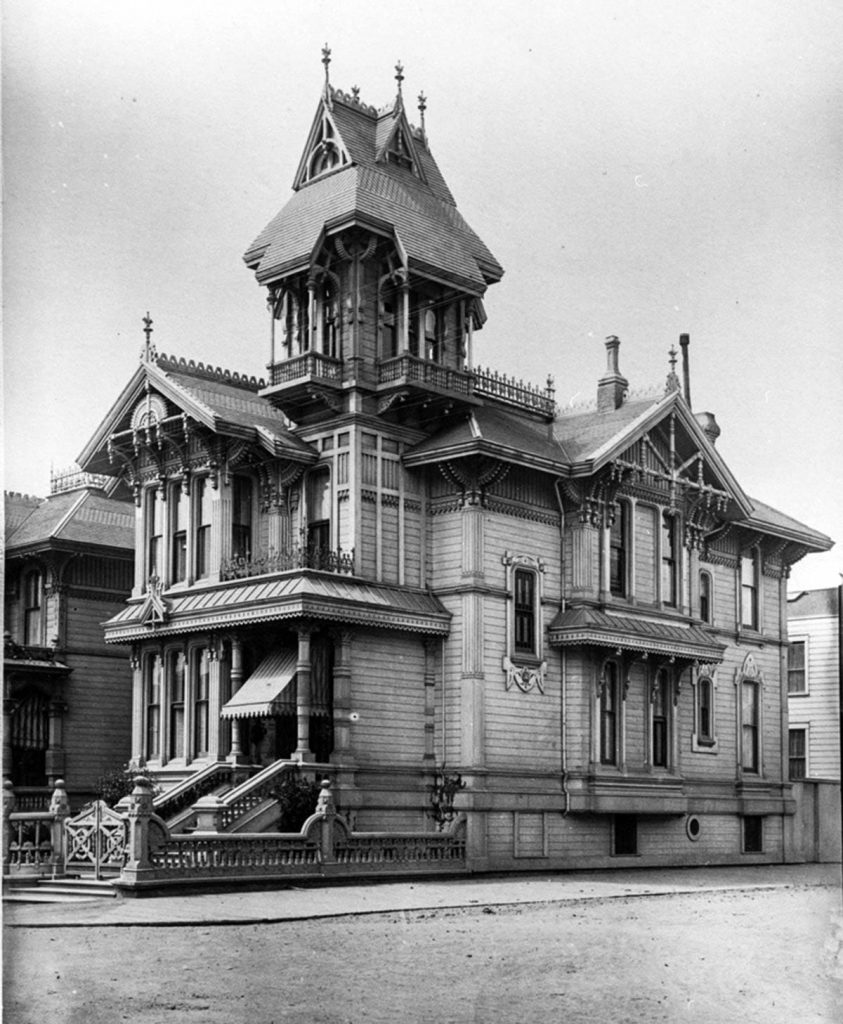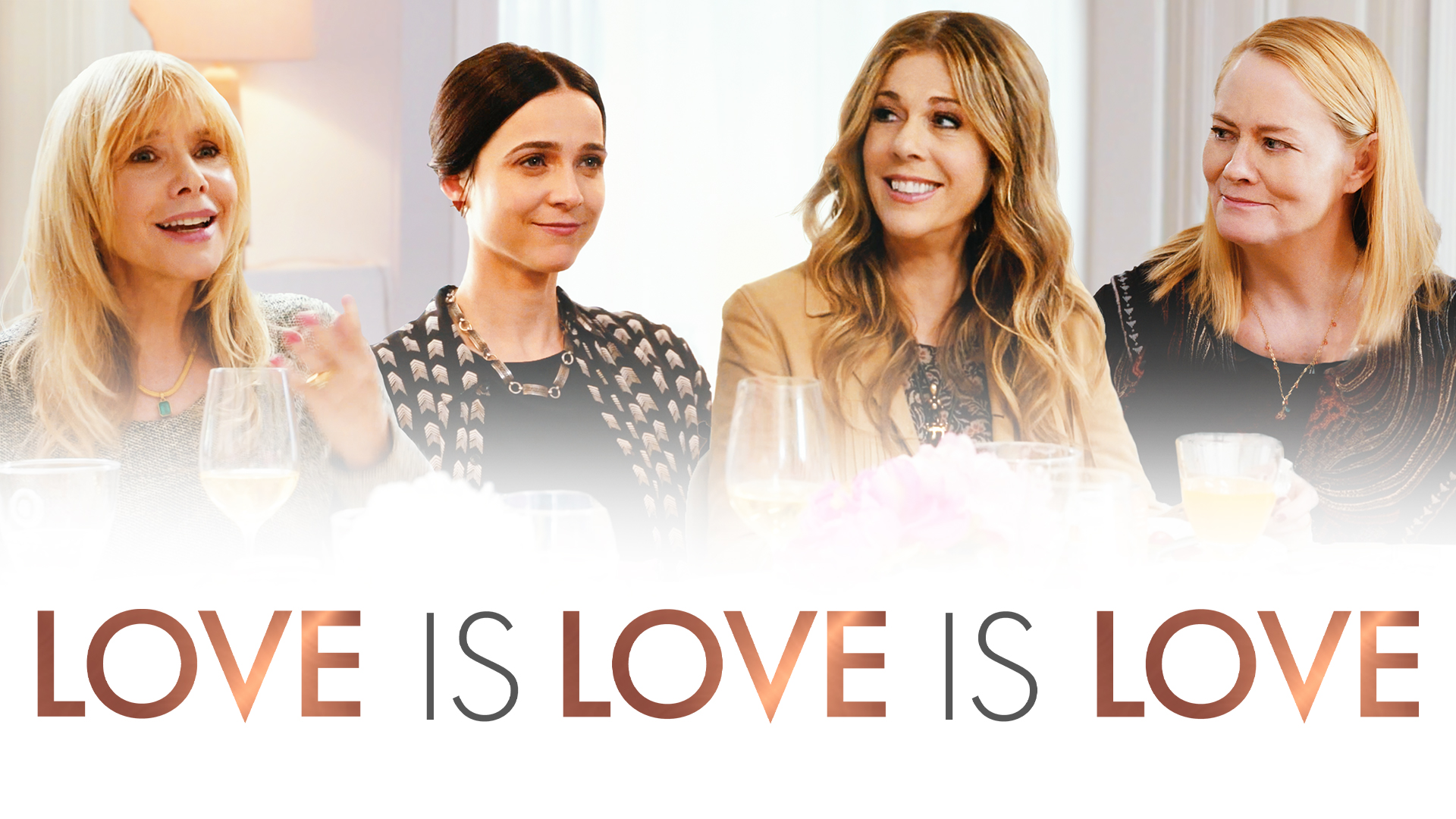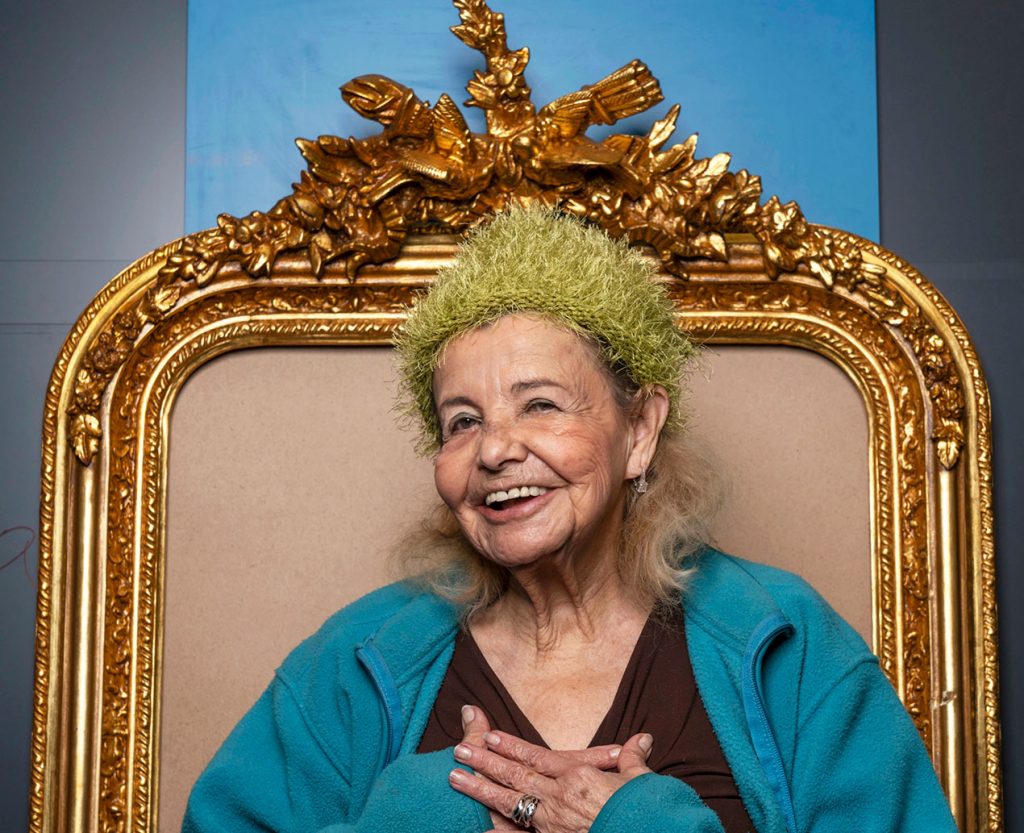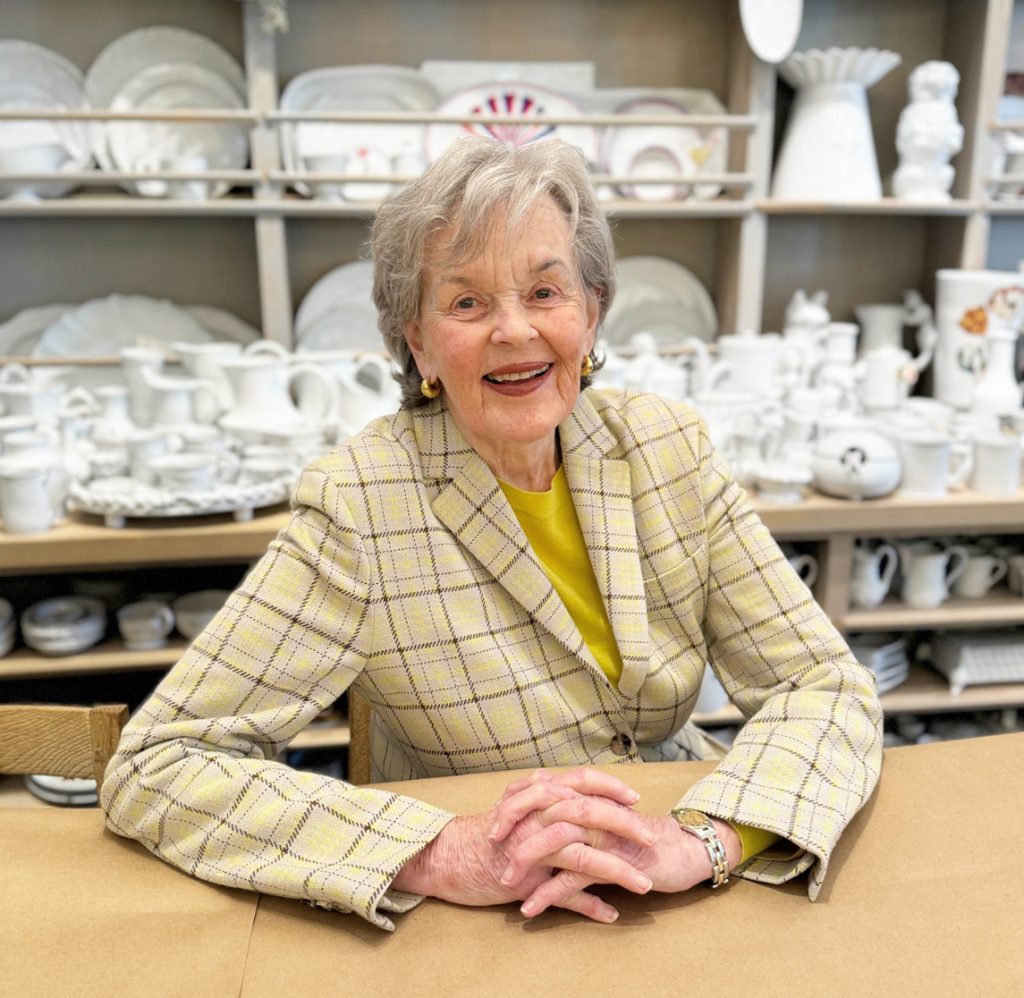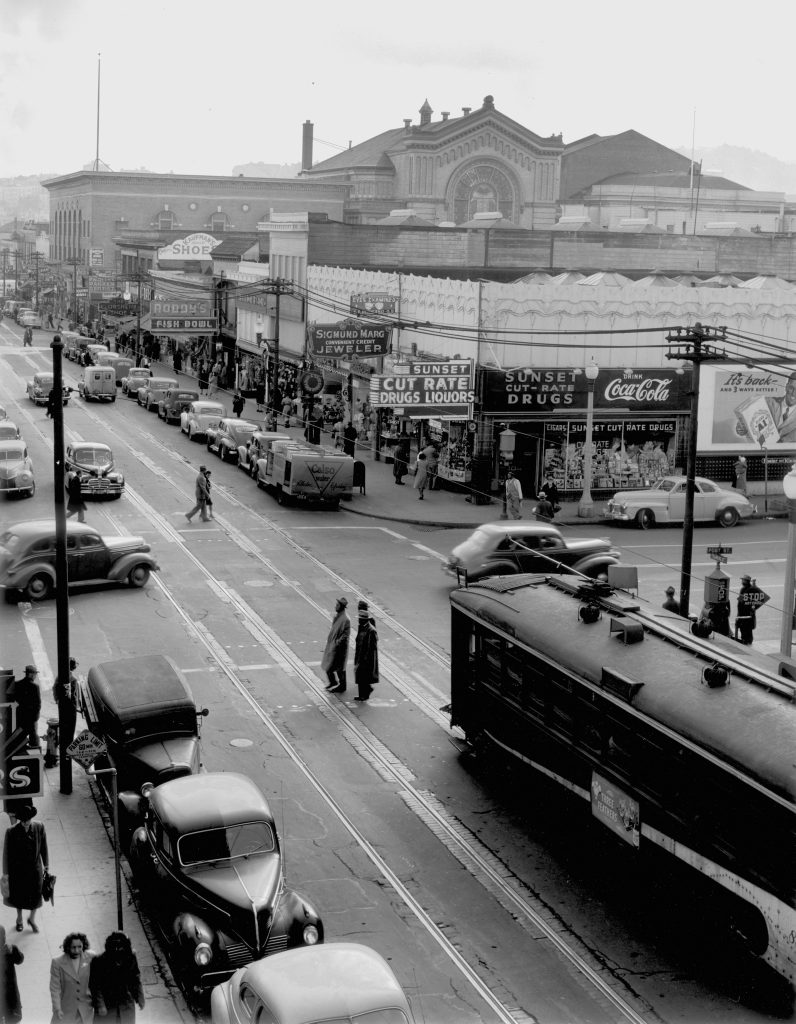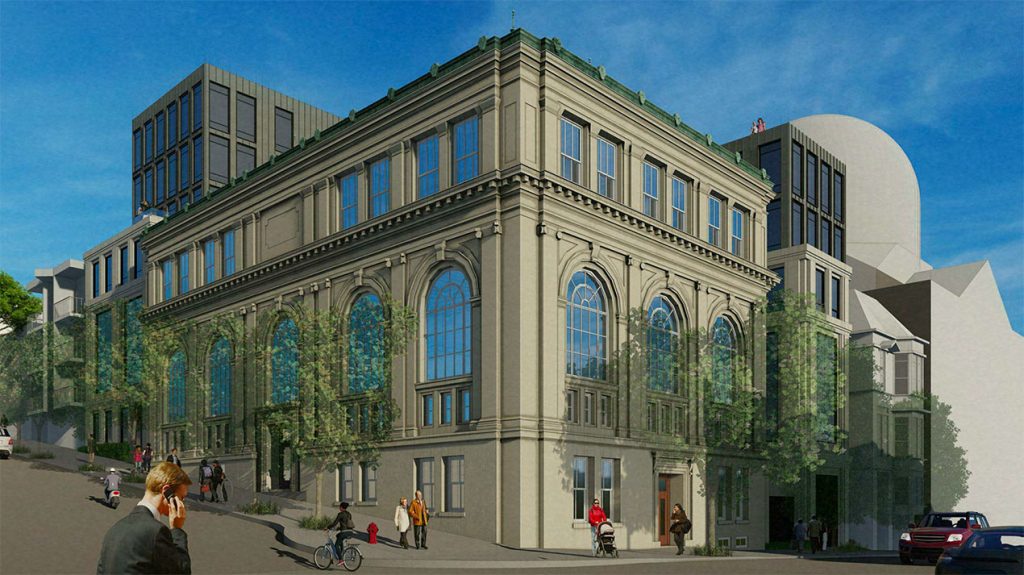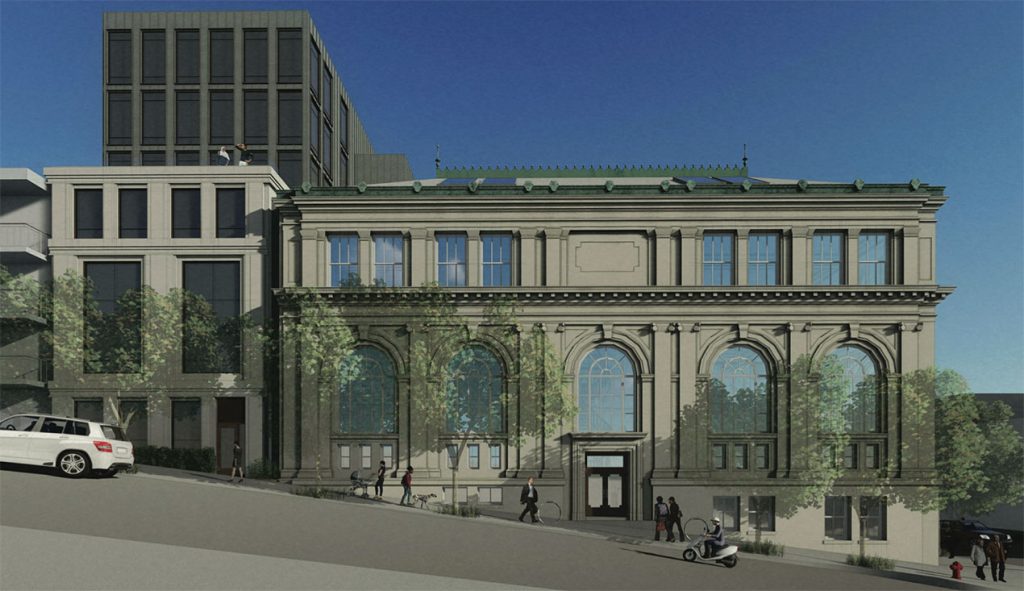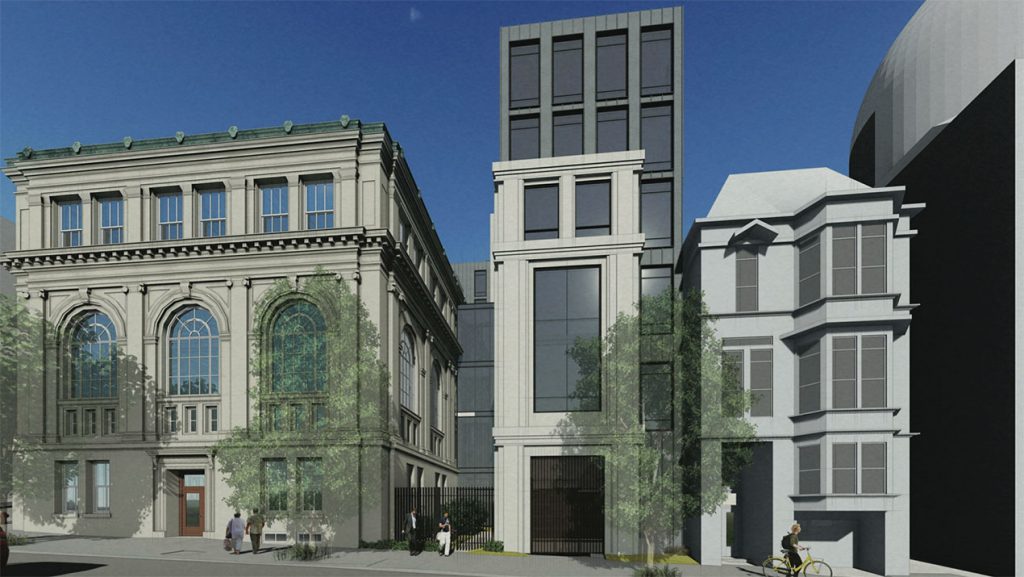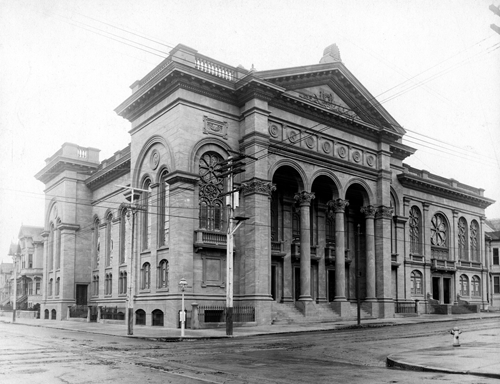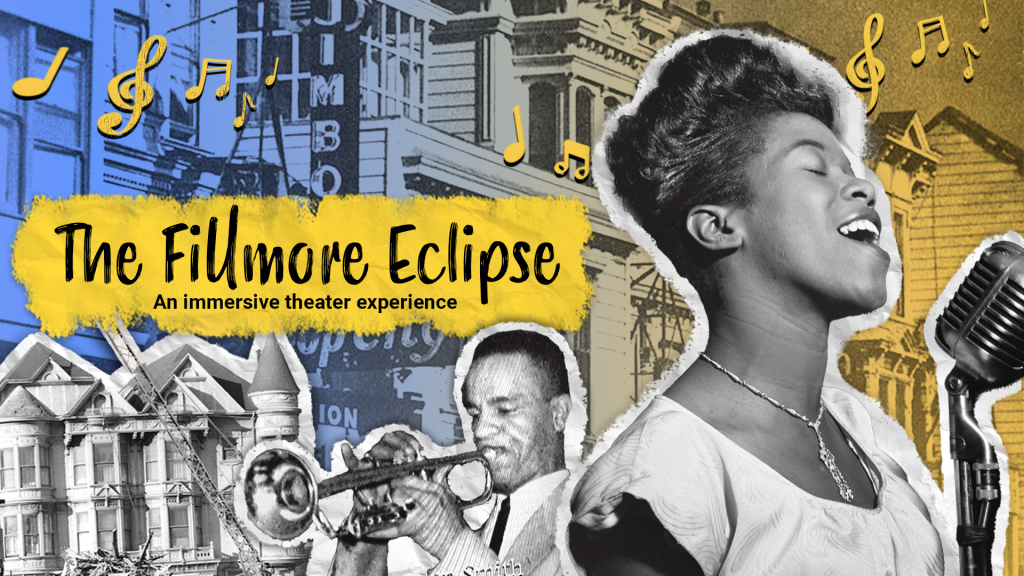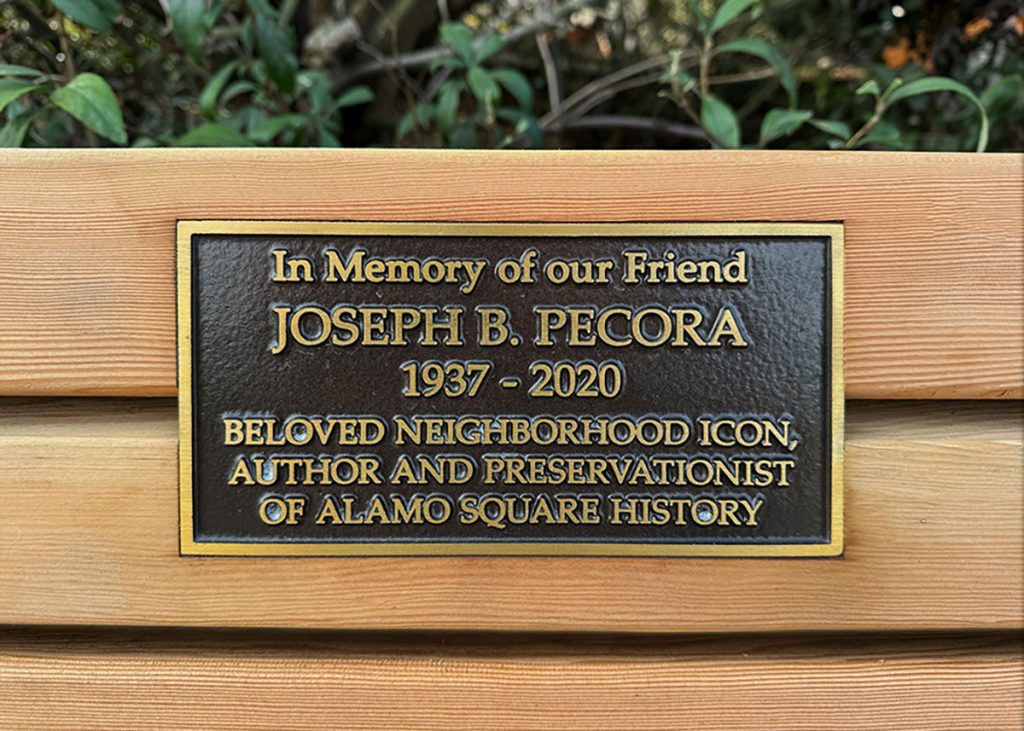
STREET TALK | CYNTHIA TRAINA
Seems like even retail is slimming down these days, with three longtime Fillmore shops moving to cozier spaces.
Shuffle & Reshuffle: Mio, a Fillmore fashion staple since 1976 known for its chic European and Japanese clothing, has relocated two doors south to a smaller space at 2031 Fillmore. . . . Mudpie, offering luxury babywear and gifts, moved a few doors down the block from the grand old Fillamento space to 2121 Fillmore. . . . Scarlet Sage gave way at 1903 Fillmore for the Cielo boutique, formerly at 2225 Fillmore, which has been catering for decades to Fillmore’s high-fashion enthusiasts.
Hail & Farewell: We’ll miss grabbing sweet treats at the Sift Dessert Bar, which has permanently closed at 2411 California. . . . Fillmore Street lost another ATM with the departure of Sterling Bank on the corner of Fillmore and Bush. . . . And craft beer haven Pizza Inferno quietly closed in April after decades on the corner of Fillmore and Sutter.
Hello & Welcome: The surge in new fashion options on Fillmore — with the arrival in recent months of Sezane, Finirie, Pollen & Wool, Marcella, Flannel, Lawrence, Rachel Comey and No Rest for Bridget — continues. SVRN is the next addition, bringing high-end labels like Marni and Kenzo to the former Prana location at 1928 Fillmore. . . . Sue Fisher King, whose treasure trove of global home goods has been a fixture for decades on Sacramento Street, is moving to 1913 Fillmore. . . . And Ministry of Scent is expanding from Valencia Street with a second location on Fillmore, bringing more fragrance to the neighborhood.
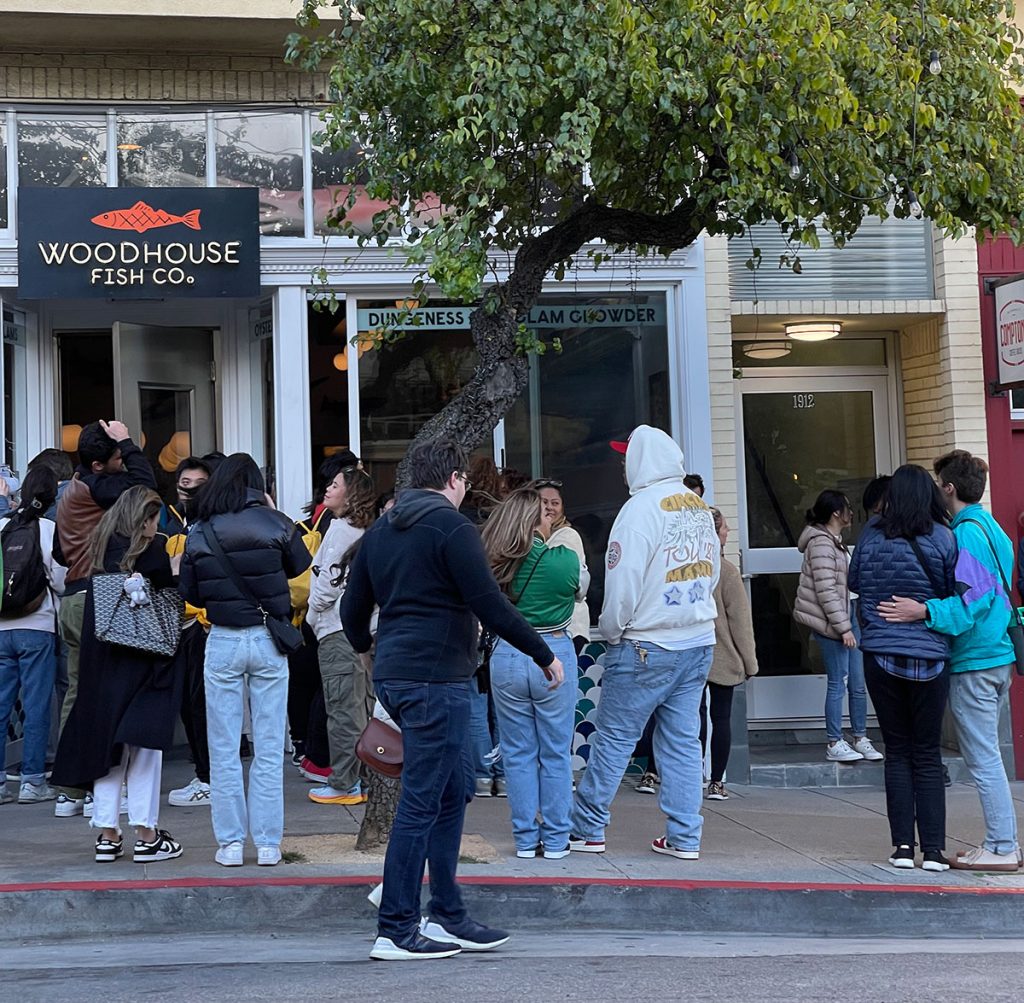
Dining delights: Newcomer 7 Adams at 1963 Sutter is making waves in the Michelin Guide with its incredible $87 five-course tasting menu, and there’s an even more decadent $157 eight to 10 course option. This prix-fixe restaurant was the only Bay Area addition to the 2024 California guide. . . . Get ready for authentic New York bagels with Emily Boichik’s expansion of Boichik Bagels into the old Johnny Rockets/Glaze space on the corner of Fillmore and Pine. . . . On the opposite corner, a note on the door indicates Noosh is closed due to mechanical issues. Rumors swirl about a possible connection to the Mehta mega real estate deal, which could be pushing out this popular Fillmore restaurant.
Real estate news: Seven buildings on Fillmore between Pine and Clay have changed hands since January. After a secretive buying process involving numerous LLCs, it was revealed that Neil Mehta, founder of GreenOaks Capital and a Pacific Heights resident, purchased the buildings for approximately $36.1 million — reportedly “bent on boosting the quality of retail stores” and replacing chain retail stores with locally owned shops and restaurants. The buildings now house Noosh, La Mediterranee, Starbucks, Joe + the Juice, the former L’Occitane, Alice & Olivia and others, including the historic Clay Theater. Locals are keen to know what’s on his vision board.
On the calendar: The 45th San Francisco Decorator Showcase continues at 2898 Broadway through May 27. . . . Japantown Peace Plaza’s $34 million upgrade is underway. Take a peek at the proposed Geary Blvd. mural design on May 11 from 2 to 2:30 p.m. at Issei Memorial Hall at 1840 Sutter. . . . Refuse to Refuse is hosting volunteer cleanups on Fillmore Street. Meet at Compton’s on May 17 and Pinsa Rossa on May 31 from 3 to 4 p.m., with free drinks afterward. . . . And get ready to groove at San Francisco’s favorite street party: the annual Fillmore Jazz Festival is happening on July 6 and 7.
Cynthia Traina is a longtime Fillmore resident and a realtor with Vantage Realty San Francisco. Send items for Street Talk to CT@cynthiatraina.com.
Filed under: Retail Report, Street Talk | Leave a Comment »



